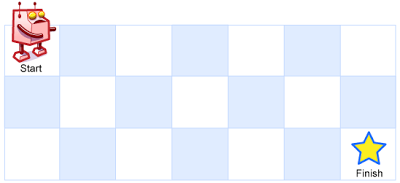Given two binary strings, return their sum (also a binary string).
The input strings are both non-empty and contains only characters 1 or 0.
Example 1:
Input: a = "11", b = "1" Output: "100"
Example 2:
Input: a = "1010", b = "1011" Output: "10101"
Constraints:
- Each string consists only of
'0'or'1'characters. 1 <= a.length, b.length <= 10^4- Each string is either
"0"or doesn’t contain any leading zero.
把两个二进制字符串相加,注意进位即可。 把while (i >= 0 && j >= 0)改成while (i >= 0 || j >= 0),这样就只需要一个while循环了,只不过循环体里面求sum需要判断一下i,j。完整代码如下:
class Solution {
public:
string addBinary(string a, string b)
{
int i = a.size() – 1, j = b.size() – 1;
string ans = "";
bool carry = false;
while (i >= 0 || j >= 0) {
int sum = (i >= 0 ? (a[i] – ‘0’) : 0) + (j >= 0 ? (b[j] – ‘0’) : 0);
sum += carry ? 1 : 0;
if (sum >= 2) {
ans.push_back(sum – 2 + ‘0’);
carry = true;
}
else {
ans.push_back(‘0’ + sum);
carry = false;
}
i–;
j–;
}
if (carry)
ans.push_back(‘1’);
reverse(ans.begin(), ans.end());
return ans;
}
};本代码提交AC,用时3MS。
二刷。更简洁的代码:
class Solution {
public:
string addBinary(string a, string b) {
int m = a.size(), n = b.size();
string ans = "";
int i = m - 1, j = n - 1;
int carry = 0;
while (i >= 0 || j >= 0) {
int u = i >= 0 ? a[i] - '0' : 0;
int v = j >= 0 ? b[j] - '0' : 0;
int sum = u + v + carry;
carry = sum / 2;
ans.push_back('0' + (sum % 2));
--i;
--j;
}
if (carry != 0)ans.push_back('1');
reverse(ans.begin(), ans.end());
return ans;
}
};本代码提交AC,用时4MS。
